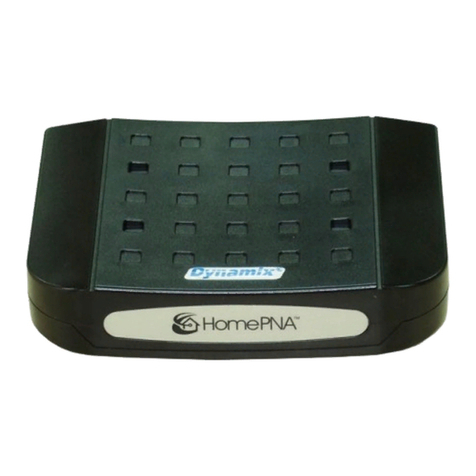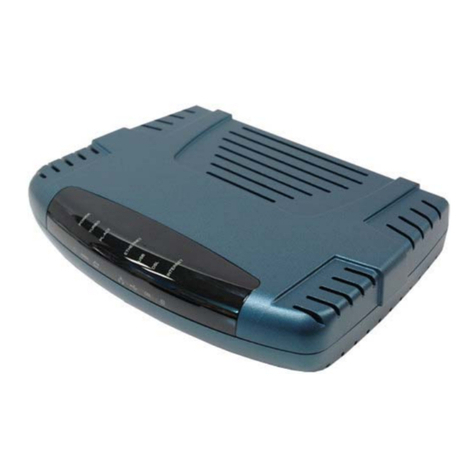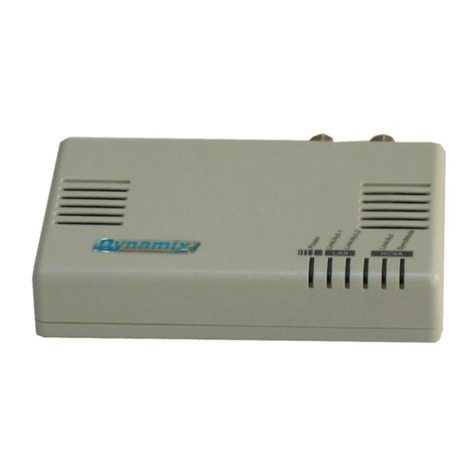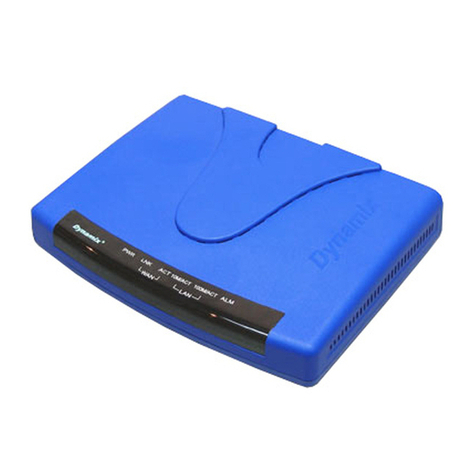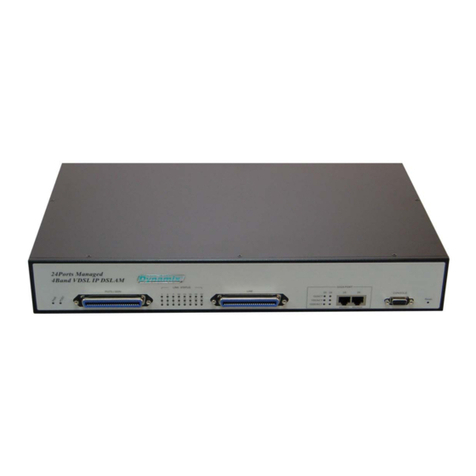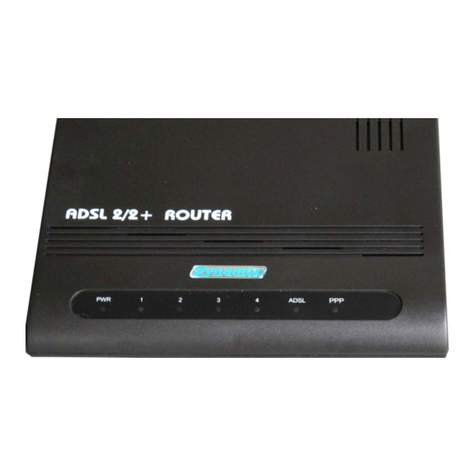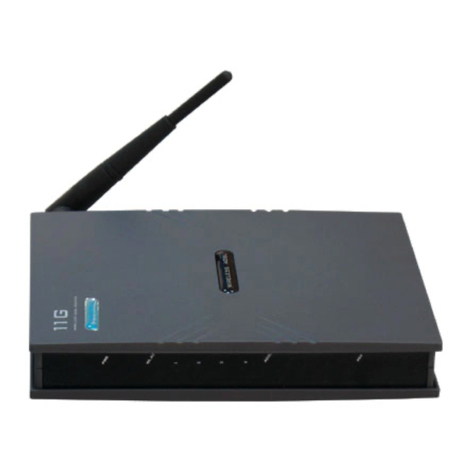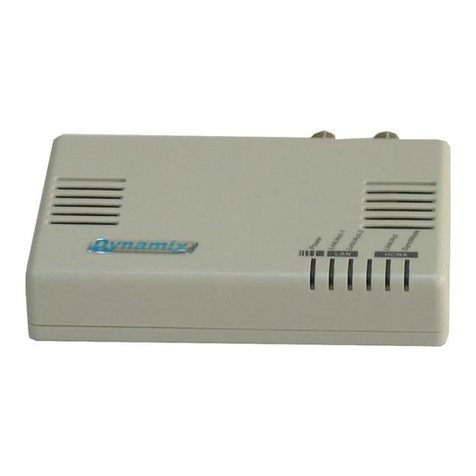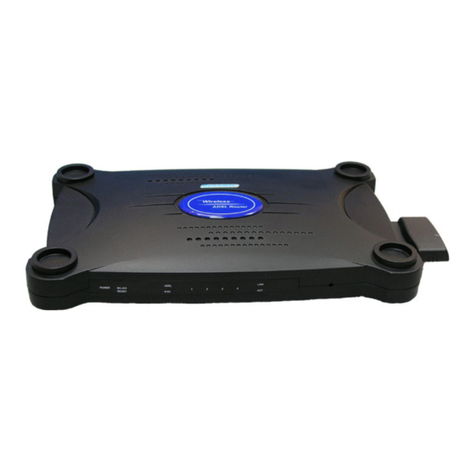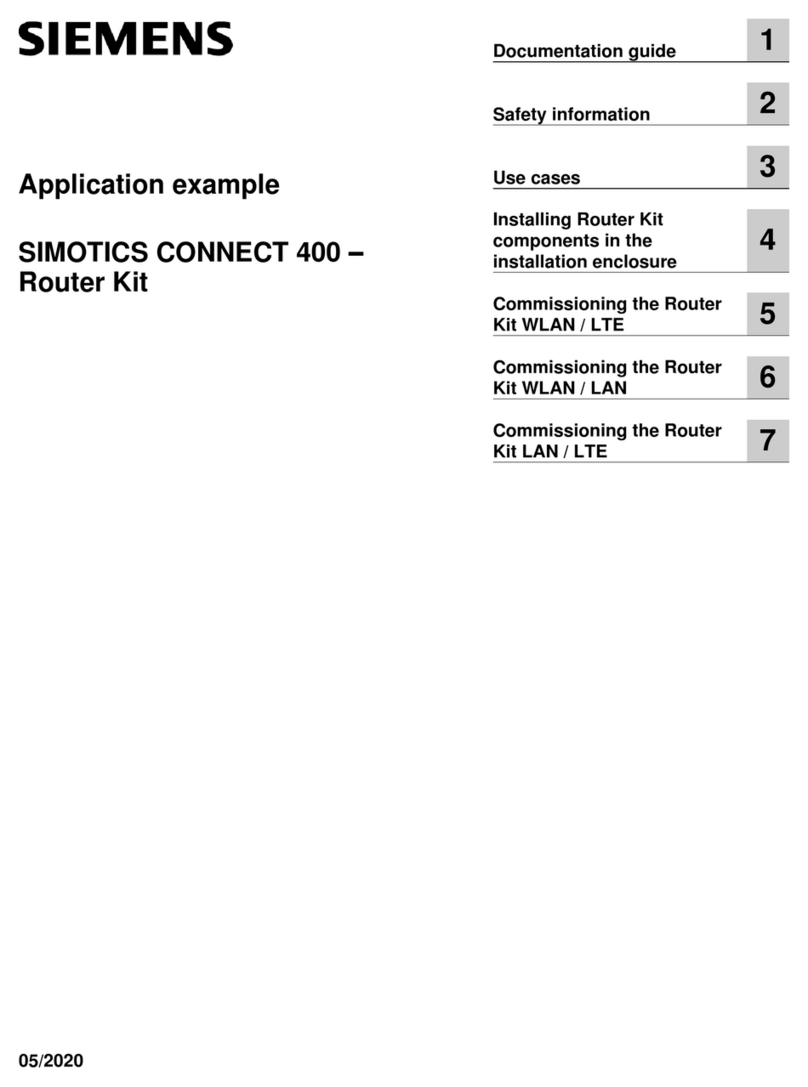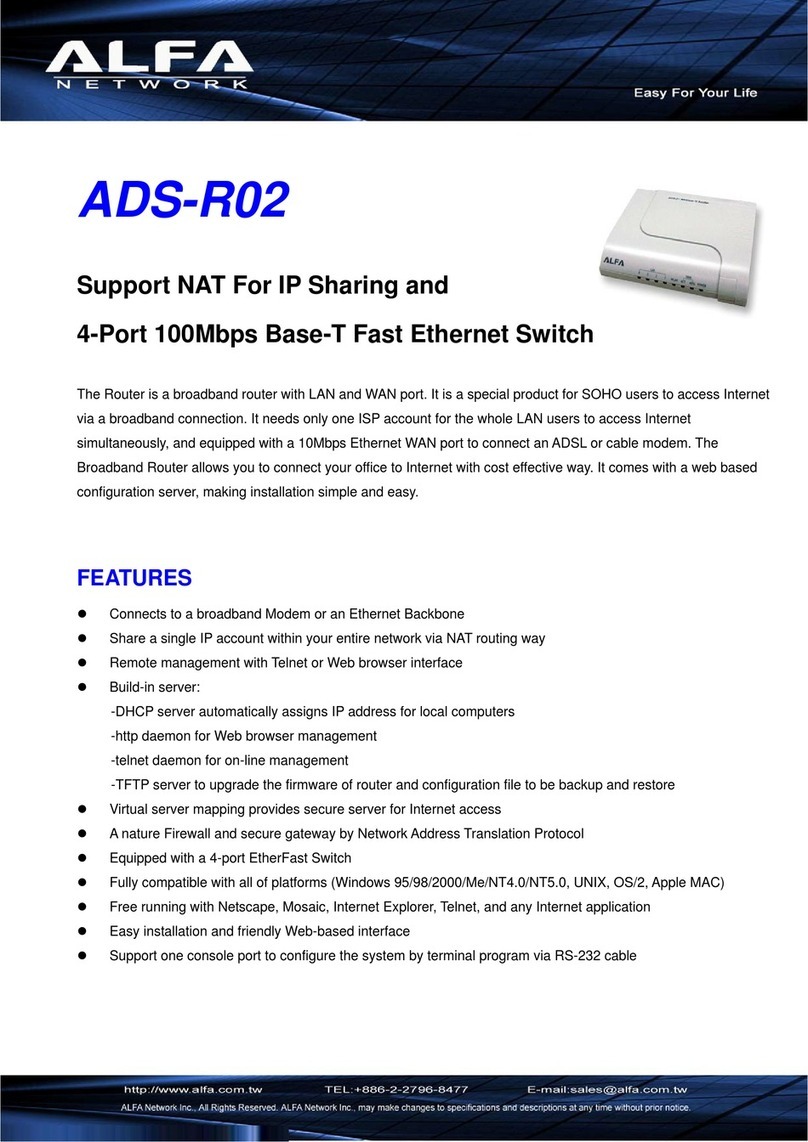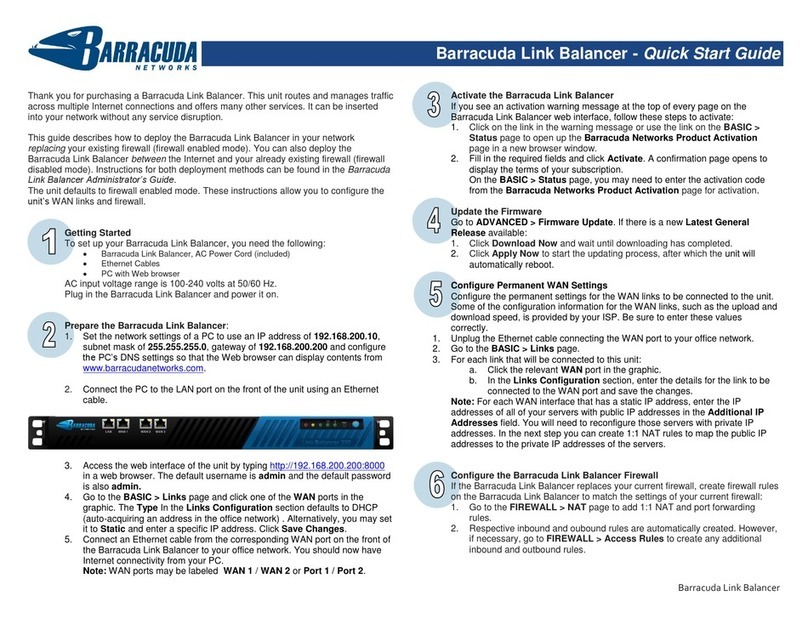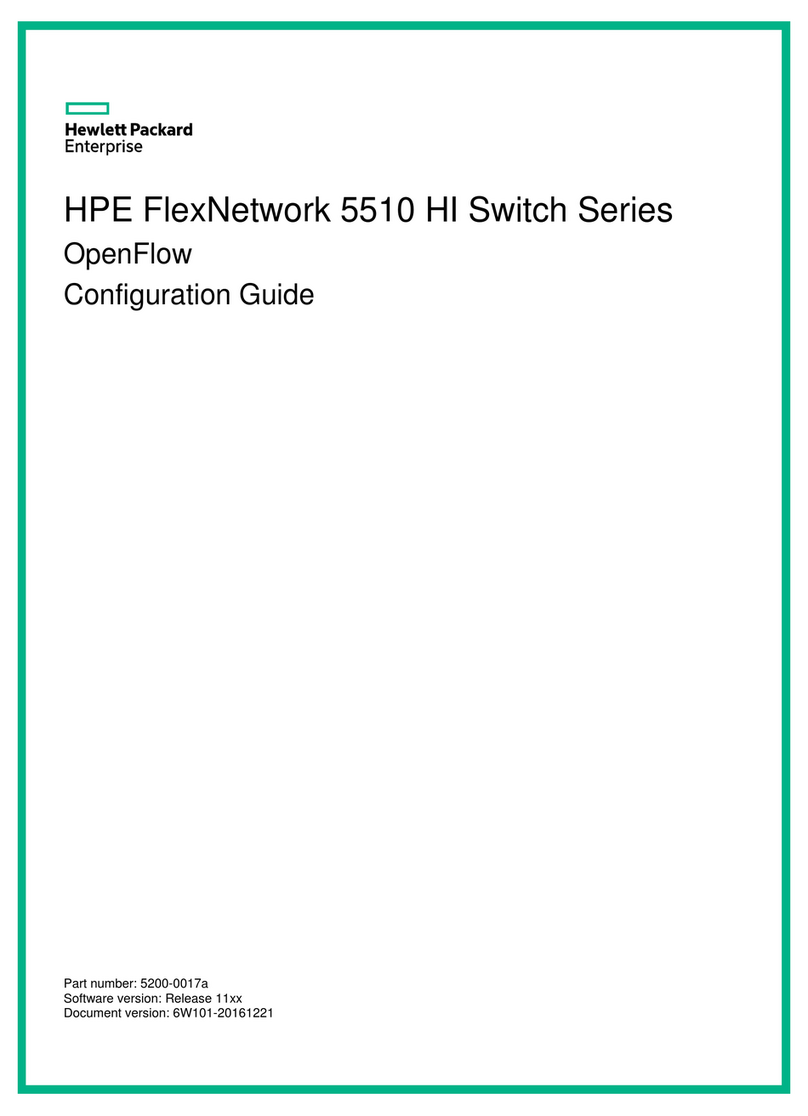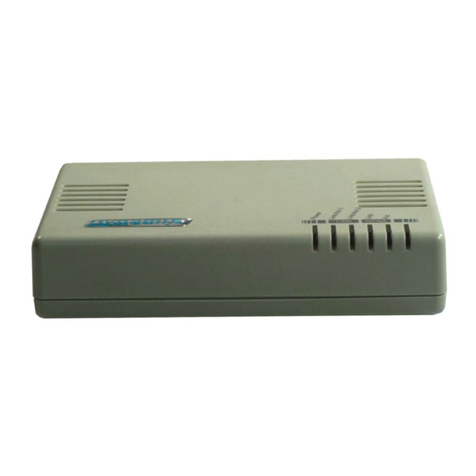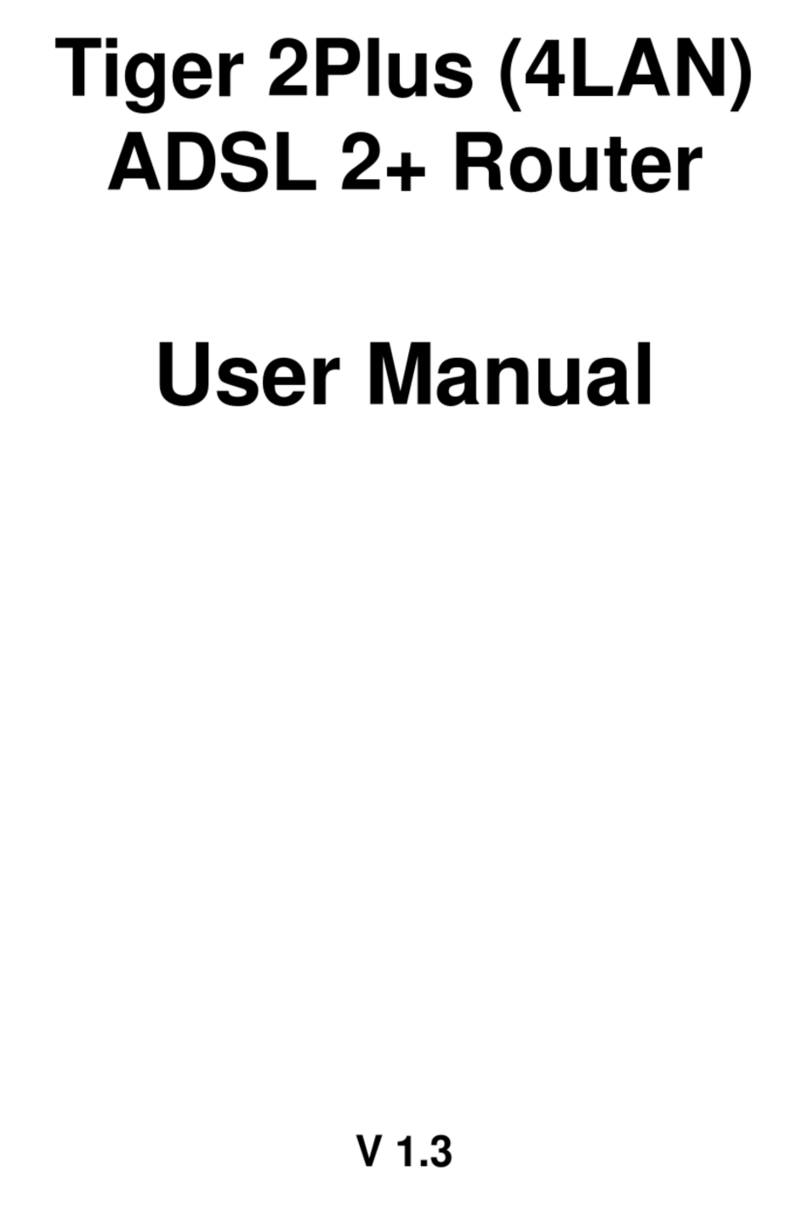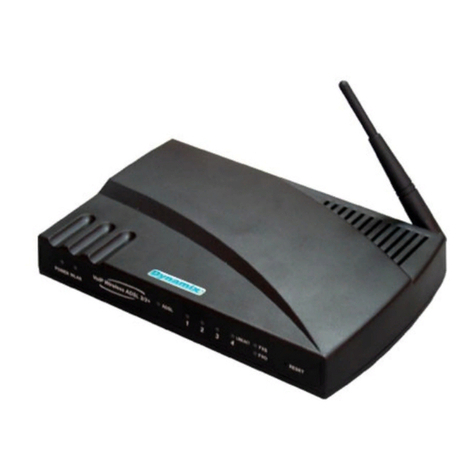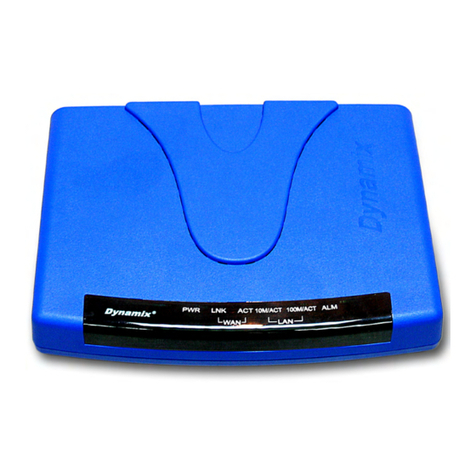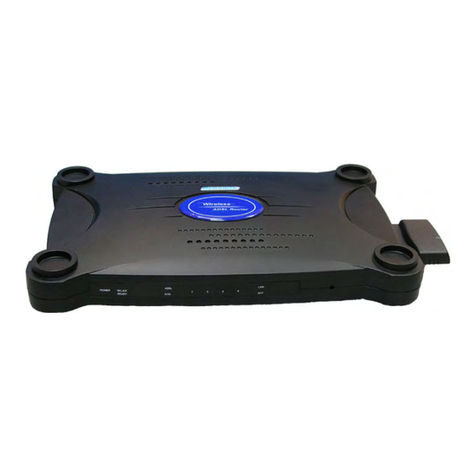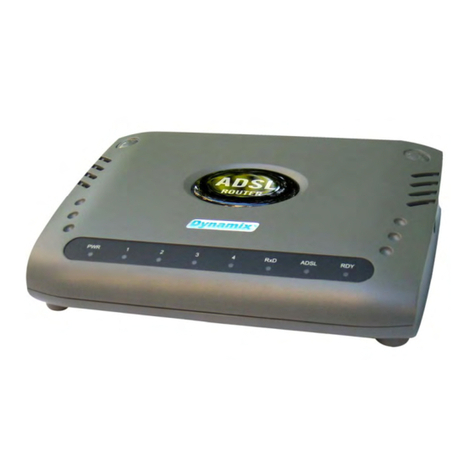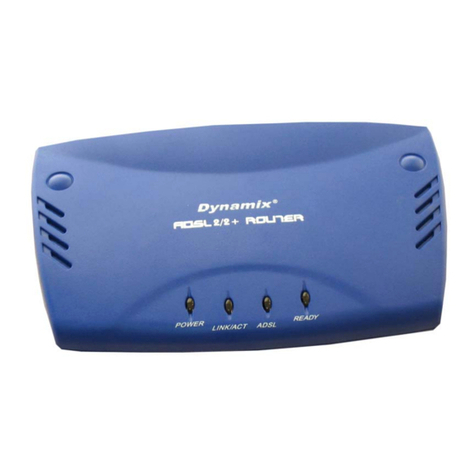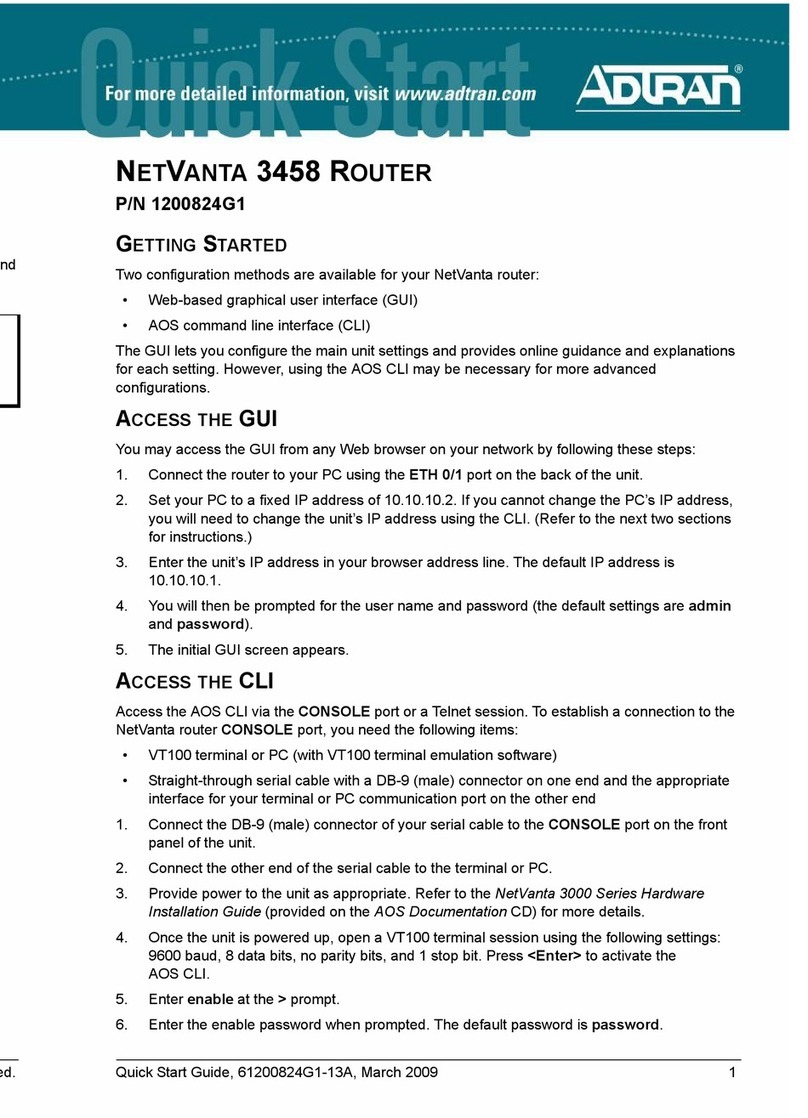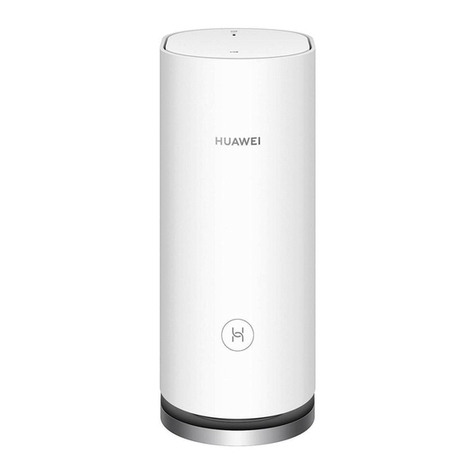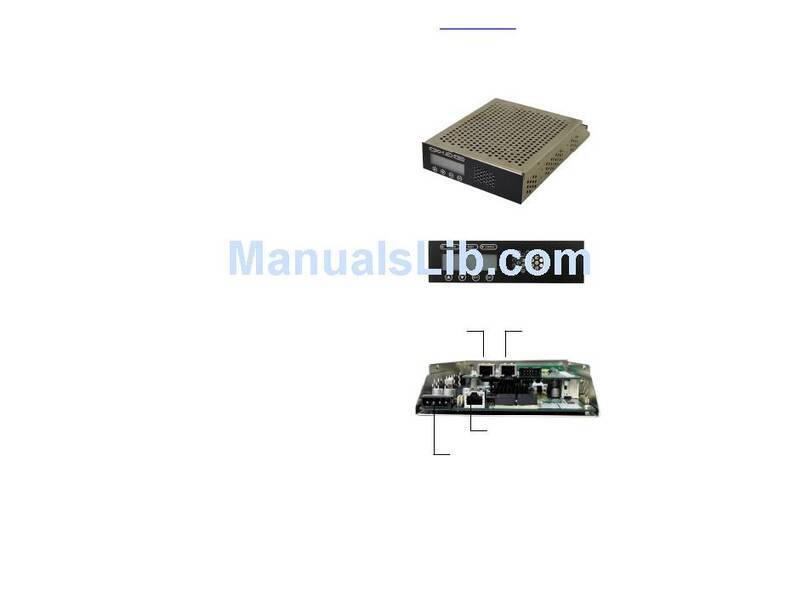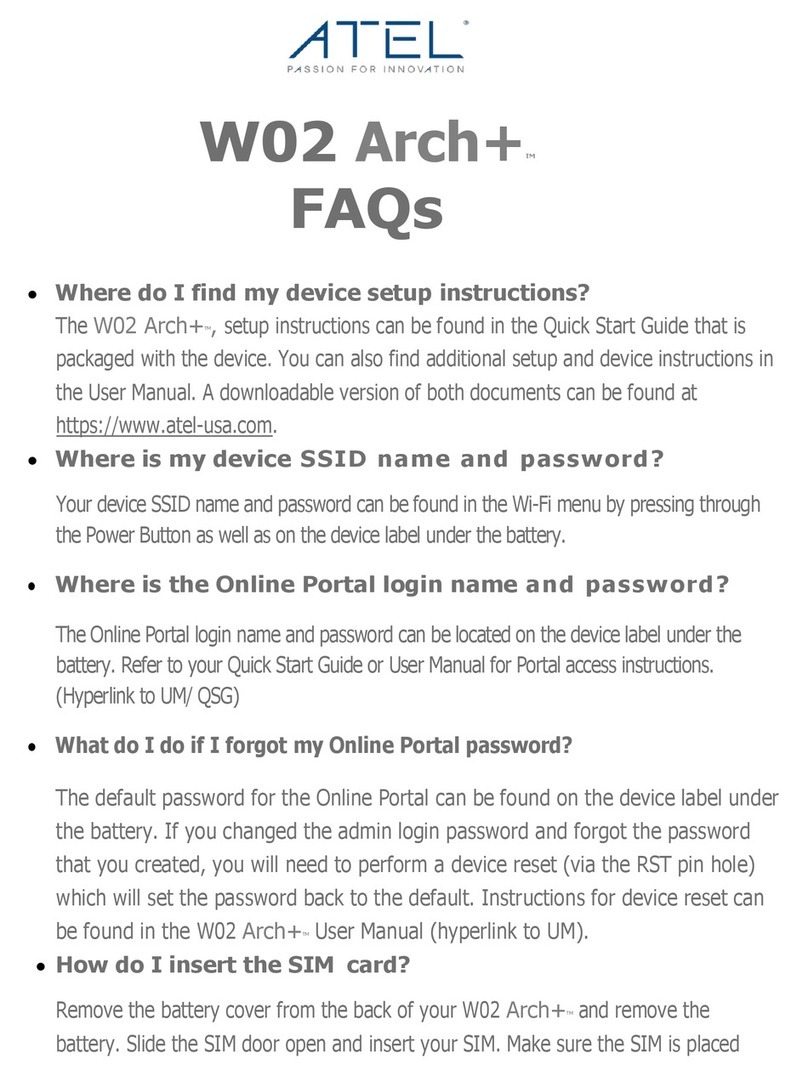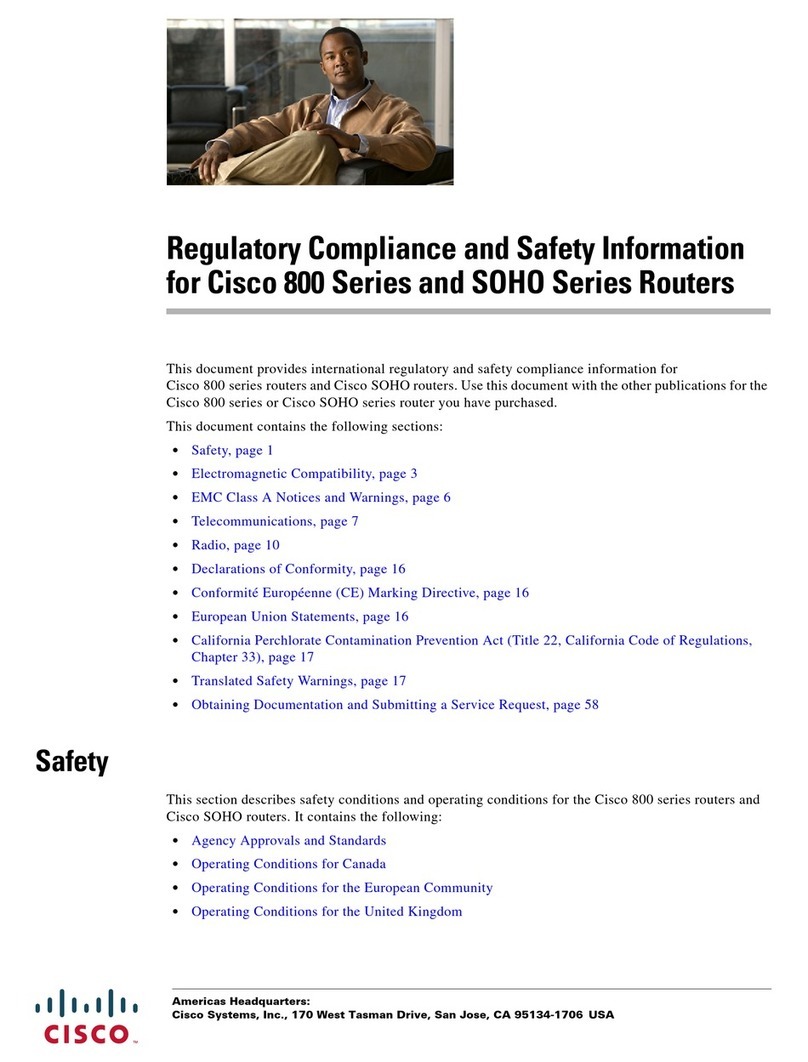
Dynamix UM-SB Series User Manual V0.06
5.4.4 Interface ..............................................................................................................................102
5.4.5 firewall.................................................................................................................................102
5.4.6 ip_qos ..................................................................................................................................103
5.4.7 STP .......................................................................................................................................103
5.4.8 Clear.....................................................................................................................................104
5.5 SHOW .........................................................................................................................................104
5.5.1 System information..............................................................................................................105
5.5.2 Configuration information ...................................................................................................105
5.5.3 Configuration with Script format.........................................................................................105
5.6 WRITE ........................................................................................................................................105
5.7 REBOOT ......................................................................................................................................106
5.8 PING...........................................................................................................................................106
5.9 ADMINISTRATION ..........................................................................................................................106
5.9.1 User Profile ..........................................................................................................................107
5.9.2 Security ................................................................................................................................108
5.9.3 SNMP...................................................................................................................................109
5.9.4 Community ..........................................................................................................................110
5.9.4.1 Trap Host .................................................................................................................................. 110
5.9.5 Supervisor Password and ID ................................................................................................111
5.9.6 SNTP ....................................................................................................................................113
5.10 UTILITY .......................................................................................................................................115
5.10.1 Upgrade ..........................................................................................................................115
5.10.2 Backup ............................................................................................................................115
5.10.3 Restore ............................................................................................................................116
5.11 EXIT............................................................................................................................................116
5.12 SETUP .........................................................................................................................................116
5.12.1 Operation Mode..............................................................................................................117
5.12.2 SHDSL.bis ........................................................................................................................117
5.12.2.1 Mode ........................................................................................................................................ 118
5.12.2.2 Link ........................................................................................................................................... 118
5.12.2.3 N*64 ......................................................................................................................................... 118
5.12.2.4 Type .......................................................................................................................................... 118
5.12.2.5 Margin ...................................................................................................................................... 118
5.12.2.6 Tcpam ....................................................................................................................................... 119
5.12.2.7 Probe ........................................................................................................................................ 119
5.12.2.8 TC Layer .................................................................................................................................... 119
5.12.2.9 Clear ......................................................................................................................................... 119
5.12.3 WAN ................................................................................................................................119
5.12.3.1 Protocols................................................................................................................................... 120
5.12.3.2 IP Address................................................................................................................................. 120
5.12.3.3 VPI VCI ...................................................................................................................................... 120
5.12.3.4 Ecapsulation ............................................................................................................................. 120
5.12.3.5 VC QoS...................................................................................................................................... 120
5.12.3.6 ISP............................................................................................................................................. 121
5.12.3.7 IP Type ...................................................................................................................................... 121
5.12.3.8 List ............................................................................................................................................ 121
5.12.4 Bridge..............................................................................................................................121
5.12.4.1 Gateway.................................................................................................................................... 121
5.12.4.2 Static Bridging Table ................................................................................................................. 122
